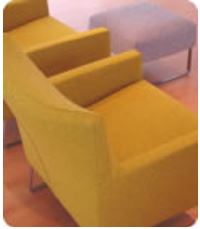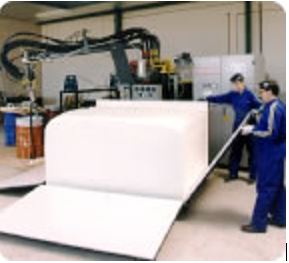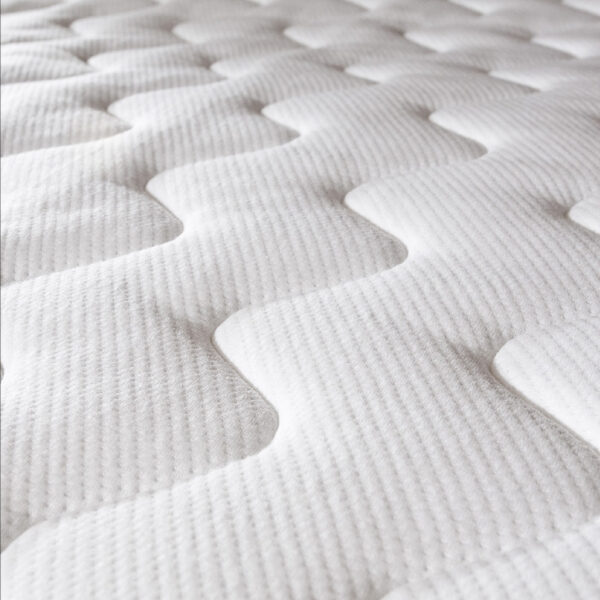Description
Foam types
Viscoelastic Polyürethane Foam
Viscoelastic foam, first developed by NASA in the 1970s, is characterized by slow recovery after compression which enables it to very effectively redistribute weight and alleviate surface pressure points. This makes it among the most comfortable of all foams for bedding and furniture. In the medical field, viscoelastic foam contributes greatly to comfort, through pressure relief, of patients with impaired mobility in hospital beds and in wheel chairs. SUPRASEC® MDI from Huntsman are the raw materials of choice for the growing viscoelastic foam market, including for mattresses, pillows, wheel chair pads, furniture and many other kinds of specialty foam applications.

High Resilience Polyürethane Foam
High resilience polyurethane foam has a non-uniform and open cell structure which provides increased comfort, support and durability to mattresses and furniture, when compared to conventional foams which tend to be harder and compress over time. SUPRASEC® MDI from Huntsman are the raw materials of choice for high resilience foam, including combustion-modified, for bedding and furniture.

Processes
Batchblock
The batchblock production process closely resembles the slabstock process, the main difference being the discontinuous nature of batchblock (i.e. the continuous line replaced by a rectangular mold). Huntsman with its SUPRASEC® MDI pioneered the use of MDI batchblock systems for bedding and furniture foam.

Molding
The foam molding process, often used for furniture cushioning, involves filling molds with liquid polyurethane chemicals and then waiting for these chemicals to react and fill out the mold shapes. Molding provides unlimited design freedom, high quality fit and finish, and allows the integration of supporting parts. Huntsman with its SUPRASEC® MDI is a leader in a wide range of density foam systems for molded furniture parts.

For detailed information; https://www.huntsman.com/polyurethanes/a/Products





 PDF indir
PDF indir
